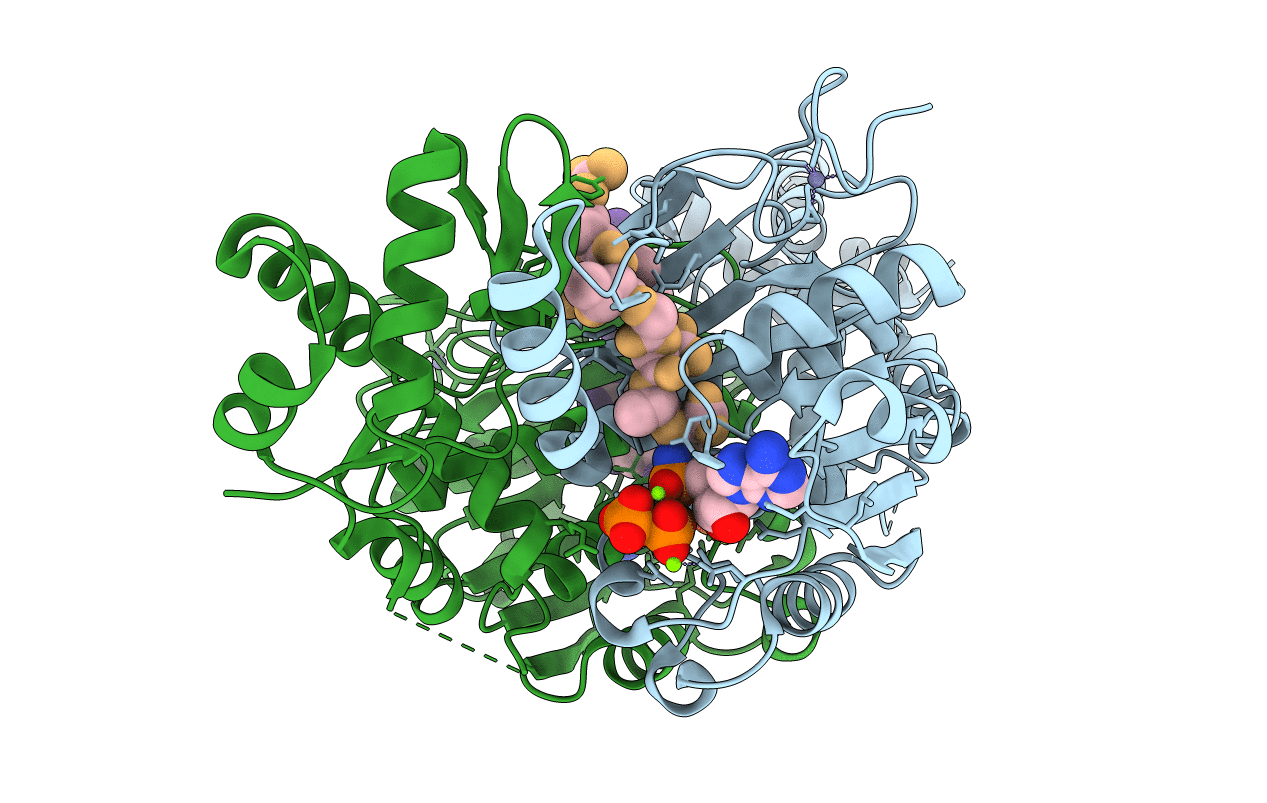
Deposition Date
2019-04-18
Release Date
2019-05-22
Last Version Date
2024-10-23
Entry Detail
PDB ID:
6OM4
Keywords:
Title:
The structure of Microcin C7 biosynthetic enzyme MccB in complex with N-formylated MccA
Biological Source:
Source Organism:
Escherichia coli (Taxon ID: 562)
Host Organism:
Method Details:
Experimental Method:
Resolution:
1.70 Å
R-Value Free:
0.19
R-Value Work:
0.15
R-Value Observed:
0.15
Space Group:
P 21 21 21


